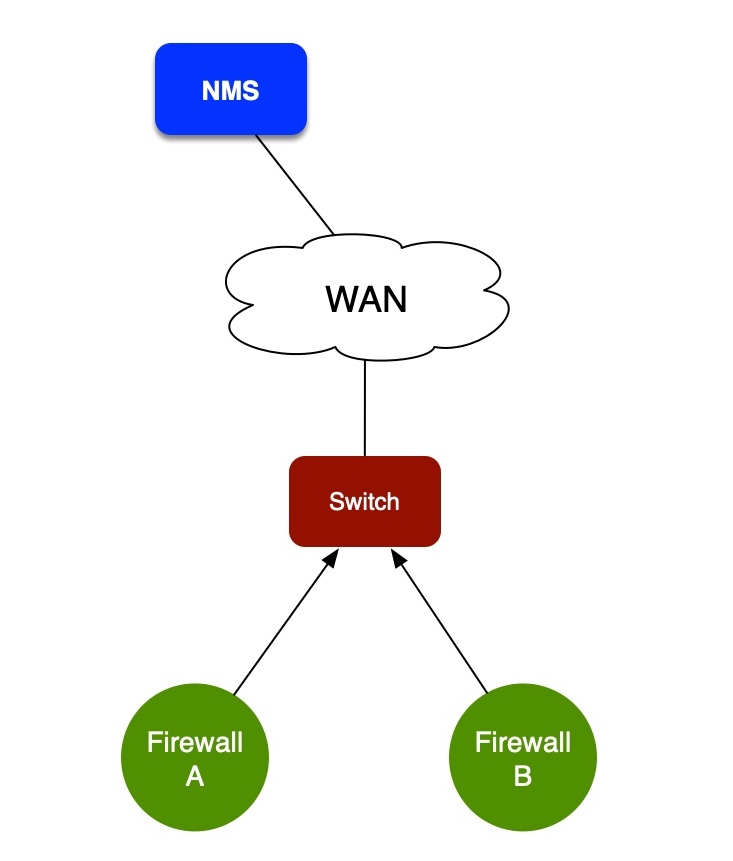Network Automation and Hammer of Thor
Imagine that you just stumbled upon the hammer Thor carelessly dropped, and you’re so proud of your new tool that everything looks like a nail even though it might be a lightbulb or an orange.
That happens to some people when they get the network automation epiphany: all of a sudden CLI and manual configuration should be banned, and everything can be solved by proper incantation of Git and Ansible commands or whatever other workflow you might have set up… even though the particular problem might have nothing to do with what you have just automated.
